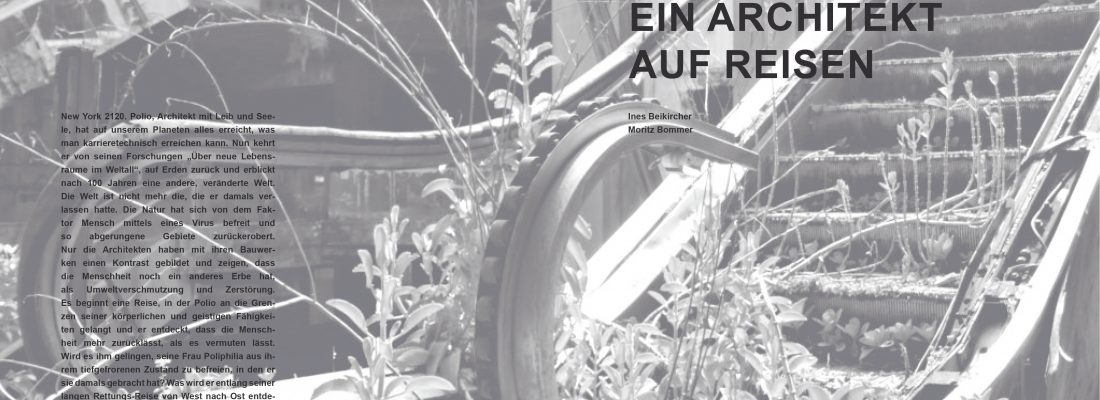
The relationship to nature has a long tradition in architecture. This is reflected not only in built architecture, but also in architectural theory. Motifs such as ornamental decorations, floral decoration of capitals, but also mythical figures – such as nymphs and animal figures – are an important part of what we understand as a symbiosis between the two sciences. In the bachelor year 2019/20 we will be dealing with nature as we perceive it today, in our fast-moving times determined by man and technology. We started with “Hypnerotomachia”. A term from the history of literature which was used in a work entitled “Hypnerotomachia Poliphili” by Francesco Colonna in 1499. His identity was as mysterious as the work itself. This is about a love dream of Polyphilo, in which architecture and nature are of particular importance. Polyphilo is in search of his love Polia, which he only finds after passing several tests he has been given. As a work of inspiration, the book has influenced and continues to influence many architects and authors. One of the latter is Alberto Pérez Gómez, who wrote a contemporary version in which he replaces the forest that Polyphilo must pass through with a high-tech environment. We took this as a starting point and looked for even more inspiration. We found it in an exhibition at the Taxis Palais in Innsbruck. A series of films by various current environmental activists and artists, who want to pass on their interpretation and view of nature, were shown and heard on the screen. Alan Weisman had a different vision of nature in the future, describing the world without humans and in which nature has reconquered the planet. All this information and thoughts were important starting points and clues for us, on which we could do further research and then write our own interpretation of the Hypnerotomachia.
